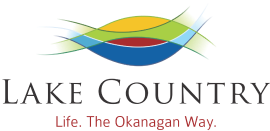Report operational water concerns (i.e. water leak, meter, pressure)
For urgent, after hours, matters contact 250-317-3250
In the case of immediate danger call 911
Seasonal Irrigation
Seasonal irrigation turn ons typically occur the third week of April.
Turn offs typically occur the second week of October.
Complete the form below to request irrigation turn on/offs:
Irrigation Turn On/Off request
Watermain Commissioning
Please refer to the New Watermain Commissioning Policy 189, 2021 and complete the appropriate forms (included with policy document) before commissioning a new watermain for a development.
For older versions of these documents, please visit:
Document Library
